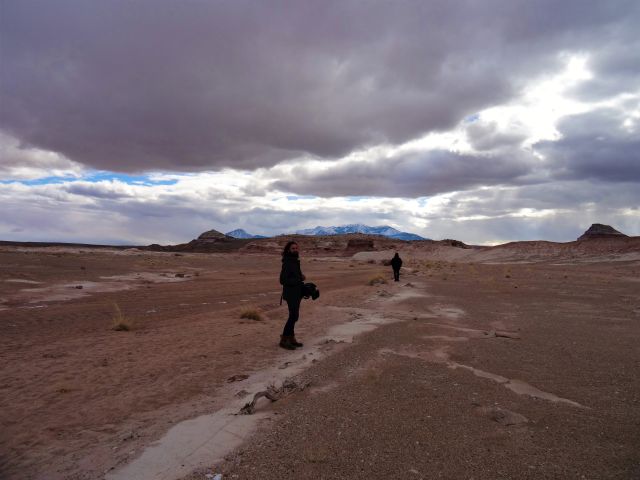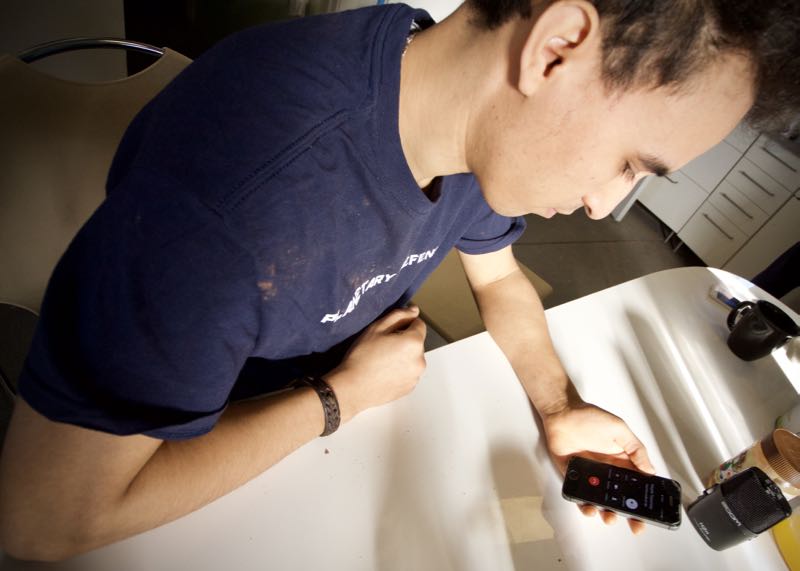




























Sol 10 Science Report – 3d printing project
25/01/17
3D Printing the groundbase for martian exploration
Crew Engineer
Needless to say that the first expedition to Mars will be difficult. It
will be even more difficult, not to say impossible, if nothing is prepared
in advance. The first crew won’t be able to book a hotel on Mars if that
hotel doesn’t even exist in the first place. They won’t be able to enjoy a
nice cup of tea and walk in T-shirt inside a habitat if that habitat hasn’t
been even built in the first place. My point here is that we need to
manufacture a few manned-infrastructures in advance and make sure these
maintain pressure conditions similar to those we can find on Earth while
providing reasonable thermal and radiation shielding.
Hopefully, with the 3d printing technologies currently available or in
development, the first habitats may be printed directly on Mars using
nothing else but INSITU resources and robots that would 3d-print and
assemble blocks together to design complex infrastructures.
The concept proposed and currently being studied at MDRS, is to manufacture
elementary blocks that can also contain water within their structure. The
water can be used not only for daily usage, but, can also provide extra
radiation shielding.
The first week at MDRS, we encountered several issues with the 3D printer
which didn’t allow us to print bricks but we managed to print 4 bricks over
the last days. Every brick takes 17h on average, and prints the outer shell
of the brick using PLA filament (plastic). For future studies, laser
sintering technology is suggested to simulate a real application on the
Martian soil. With the crew geologist Roy Naor, once the brick is printed,
we evaluate different types of soil that can be used within the brick to
strengthen it. Future tests are planned for the incoming days, and these
include, building a small infrastructure on an EVA, in order to prepare for
the next iteration of the concept.
The objective of this project is to give a first level of analysis so as to
lay down a first proof of concept.






